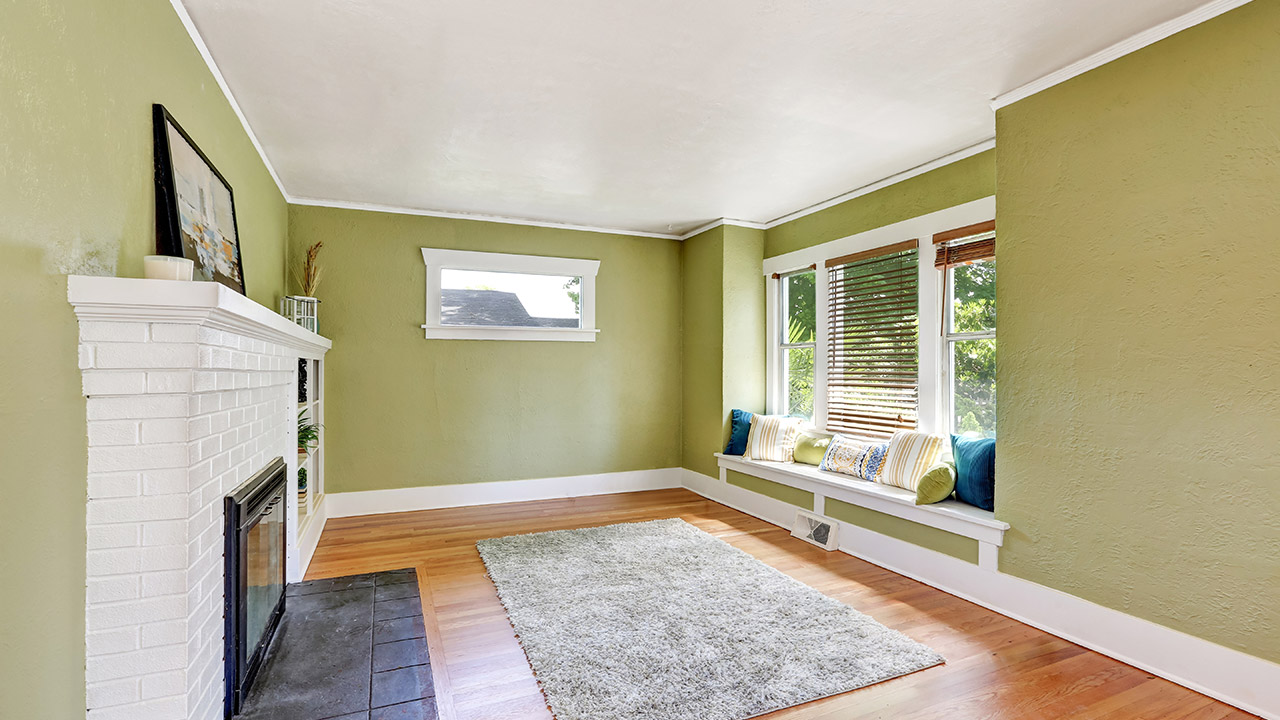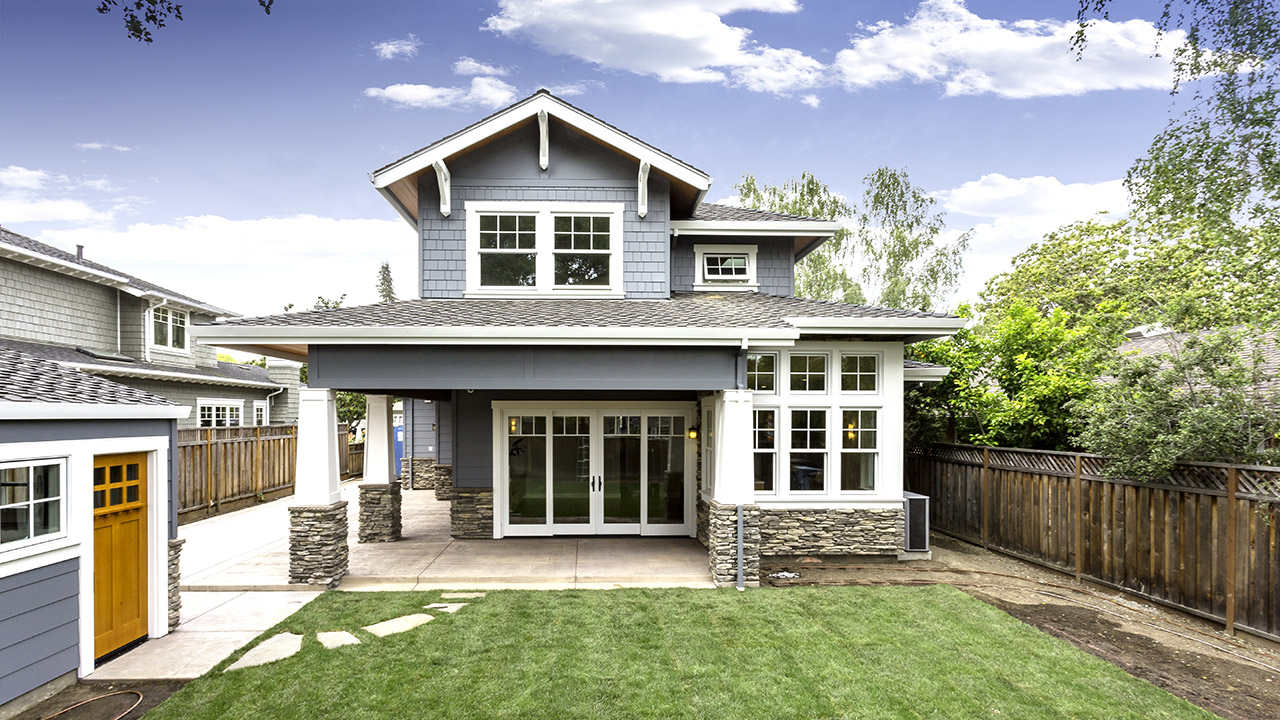
When it comes to buying a home, you’ve got options; namely, should you buy new construction, or an older home?
The pros of buying new construction are obvious: brand new appliances and systems that are less likely to break down any time soon, finishes that you can pick out yourself before you move in, higher energy efficiency, and little to do except move in.
But there’s something to be said about older homes, which is why you might want to keep them on your radar when searching for a new home to purchase. Older homes come with their own slew of advantages, which just might be precisely what you’re looking for in a home.
1. More Character
Newer homes simply don’t have that old-world charm that older homes have, especially those that were built more than 50 years ago. Arched doorways, herringbone-patterned wood flooring, decorative crown molding, stained glass windows, classic fireplaces, and hand-carved staircases are things that you typically wouldn’t find in newer home construction.
While architects and designers may work their magic to mimic these features, they’re just not the same as the authentic, real deal. There’s simply a certain level of character that old homes have that you just don’t find in more modern cookie-cutter subdivision homes.
2. Solid Construction Home
Sure, newly built homes may not require much maintenance right now, but the materials and method of construction pale in comparison to that of turn-of-the-century homes. Older homes typically feature thicker, sturdier walls made of plaster or even concrete, compared gypsum board that’s typically used in modern home construction.
They’re also framed with the wood of much older, more established trees that have been left alone to grow for as long as a few hundred years before being cut down for lumber. This makes the wood much less susceptible to rotting and warping compared to much younger wood. Even the interior and exterior doors tend to be made of solid wood that’s built to last.
3. Established Locations
The home itself is obviously an important component, but the neighborhood itself is just as important, if not more so. Older homes tend to be located in much more established communities that are loaded with mature trees and other greenery that you simply will not find in newer areas. Many homeowners spend a ton of money and time planting trees and bushes to create a greenspace around their homes that mimic what homes in established neighborhoods already have.
Not only that, the neighborhoods that older homes are often located in are typically urban hubs that are much closer to city centers and public transportation, which means commuting to the downtown area is usually a lot quicker and more convenient.
4. Bigger Lot Size

Lot sizes seem to get smaller and smaller with each new subdivision built. Homebuyers pay a premium for larger lot sizes when buying new homes. In fact, new construction is typically characterized by larger houses with smaller properties.
Land values tend to increase at a faster pace as home prices appreciate, which makes home construction even more expensive. As such, home builders have increasingly preferred to build on smaller lots to cut down on cost. If buyers want the larger piece of property, they’ll have to pay for it, and they’re not exactly easy to come by with newer homes.
Instead, older homes often sit on much larger lot sizes in comparison, so if a large property is what you’re after, you’ll probably be more likely to find it with an older home.
5. Cheaper Price
Depending on the specific location and overall condition, older homes typically cost less that newer, more modern homes of similar sizes. New construction sells for anywhere between 10% to 20% more than older homes that have been updated, on average. Newer home construction uses much more energy-efficient building materials which boost the cost of construction.
Of course, it’s important to take into consideration the fact that newer homes usually don’t require any updating, while older homes will usually need much more maintenance in comparison.
6. Tax Breaks
An older home may qualify for certain tax breaks, depending on the exact location and age of the home. These tax abatement programs basically lower or even completely waive property taxes over a certain time frame.
The Bottom Line
There’s no need to rule out newer homes, but there’s also no reason to discount older homes either. The latter comes with a host of benefits that may entice you to consider an older property to put an offer on. While you can certainly try to mimic the kind of character that older homes often feature, the lot size, location, and maturity of the surrounding greenery would definitely be tough to mimic with a new build.